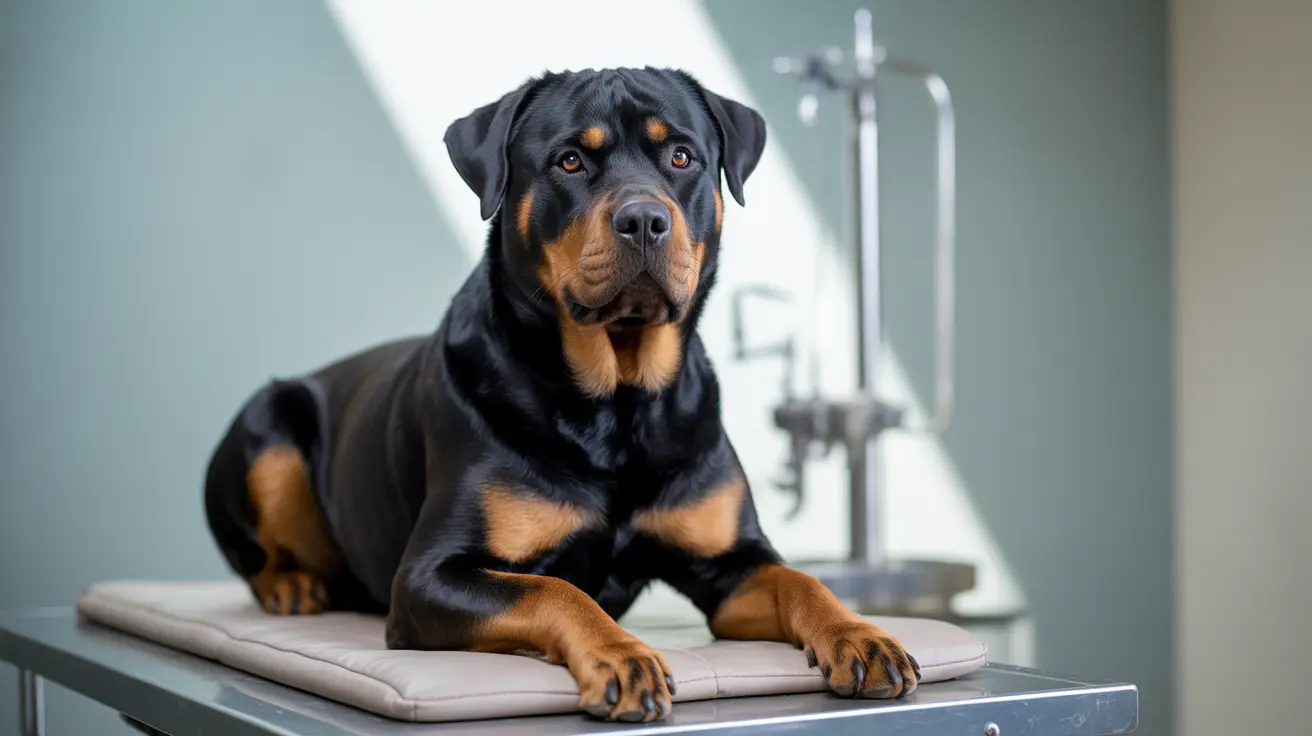How to Help Your Dog Heal Faster After Surgery
Ensuring your dog heals quickly after surgery involves a combination of proper wound care, activity restriction, and supportive home management. Dogs, much like humans, require time and attentive care post-operation to recover well and avoid complications like infection or suture disruption.
1. Maintain a Clean and Dry Incision
- Do not bathe your dog or allow the incision to get wet until cleared by your vet.
- Avoid applying unapproved creams or ointments, even if the wound looks sore.
- Clean gently with vet-approved antiseptics if needed—never use alcohol or hydrogen peroxide without guidance.
2. Prevent Licking and Scratching
Licking can lead to serious infections or even open surgical wounds. Prevent access by:
- Using an Elizabethan collar (e-collar) or surgical suit.
- Exploring soft collars or inflatable alternatives for comfort.
3. Follow All Medication Guidelines
- Administer pain medications and antibiotics exactly as prescribed—completing all doses even if the dog seems better.
- Observe for adverse reactions like vomiting or lethargy and report them to your vet.
4. Restrict Physical Activity
Physical strain on fresh incisions can undo sutures or cause swelling. Best practices include:
- Leash walks only for at least 7–14 days depending on the procedure.
- Prevent jumping, running, and stair climbing.
- Confine to a small, quiet space to avoid accidental injury or excitement.
5. Monitor the Surgical Site Daily
Track healing progress and identify complications early by inspecting the wound twice daily:
- Look for mild redness, normal skin tone, and closed edges.
- Watch out for pus, swelling, odor, or active bleeding, all signs to contact your vet.
6. Provide a Supportive Recovery Environment
- Soft bedding minimizes pressure and irritation on the incision.
- Maintain a quiet, stress-free room without children or other pets interfering.
- Keep temperature controlled and always dry.
7. Promote Healing Through Proper Nutrition
- Feed a balanced diet with adequate protein and hydration to support tissue regeneration.
- Offer smaller, digestible meals for the first 24 hours post-surgery due to anesthesia after-effects.
8. Use Protective Bandages and Wound Care When Necessary
- Follow vet directions for bandage changes and drain management if inserted.
- Cover wounds briefly when outdoors to avoid contamination.
9. Apply Proper Warm or Cold Therapy
- Cold compresses reduce swelling initially, especially on joints.
- Warm compresses help with circulation and drainage during healing, when appropriate.
10. Stay Alert for Warning Signs
- Keep a journal of changes in behavior, appetite, or wound condition.
- Contact your vet for symptoms like persistent bleeding, lethargy, fever, bad smell, or gaps in the incision.
Conclusion
Helping your dog recover faster is about consistent, observant care. From medication to movement, every small effort counts. Always follow your veterinarian’s advice and attend recommended follow-up appointments to ensure a smooth, full recovery for your four-legged friend. With the right care, most dogs heal within 10 to 14 days after surgery.





